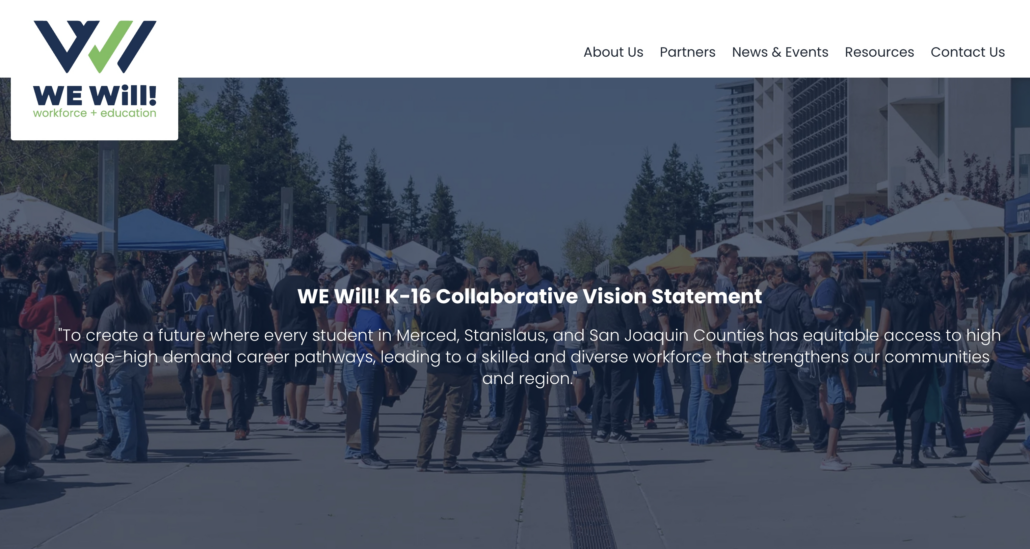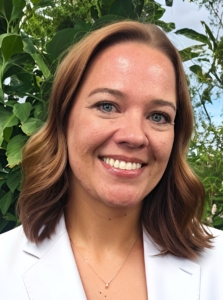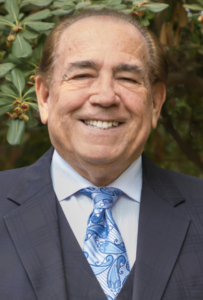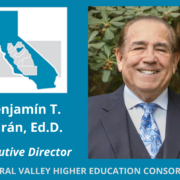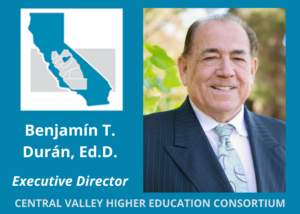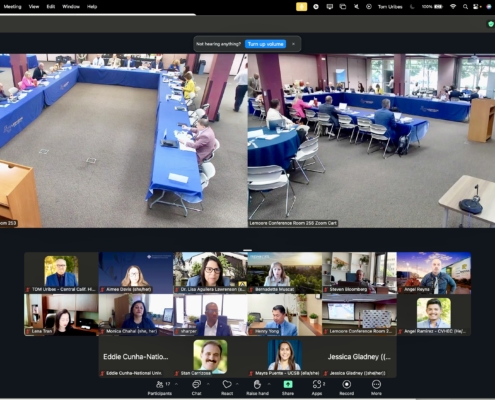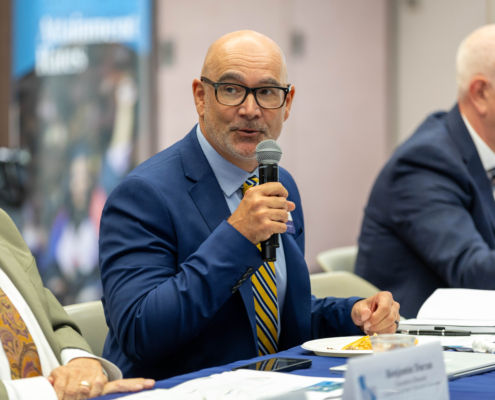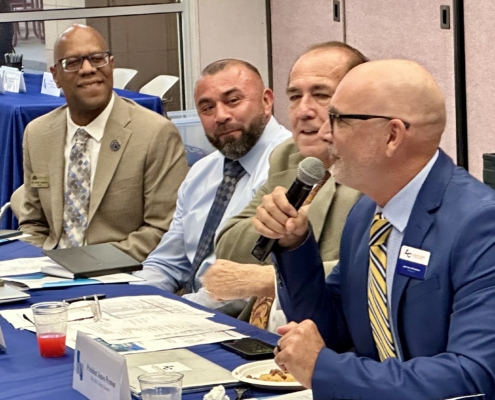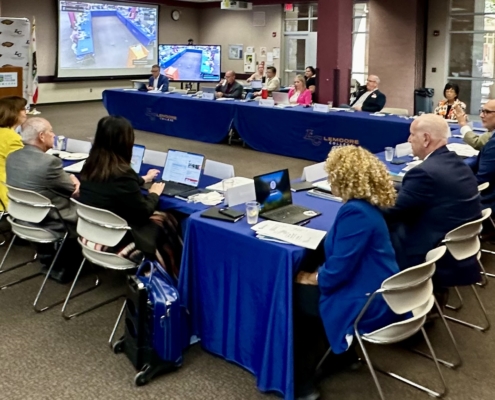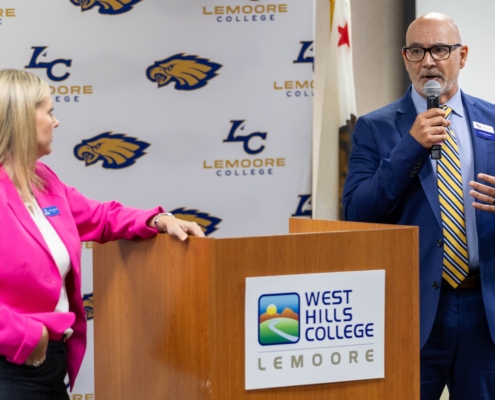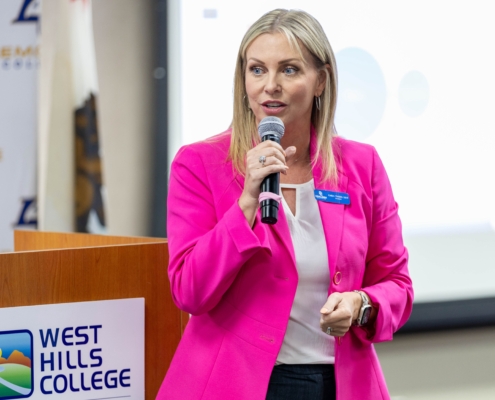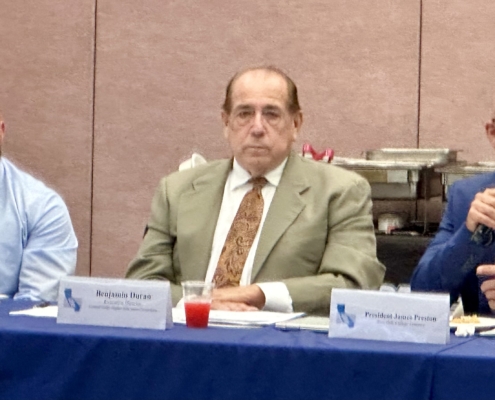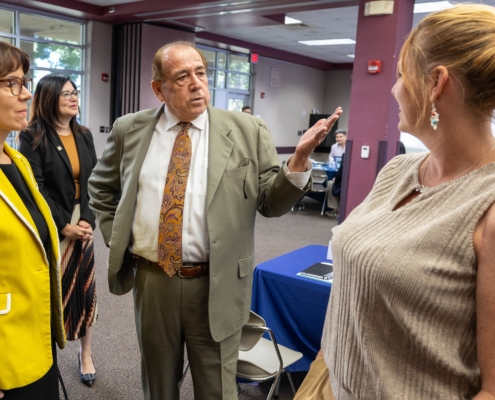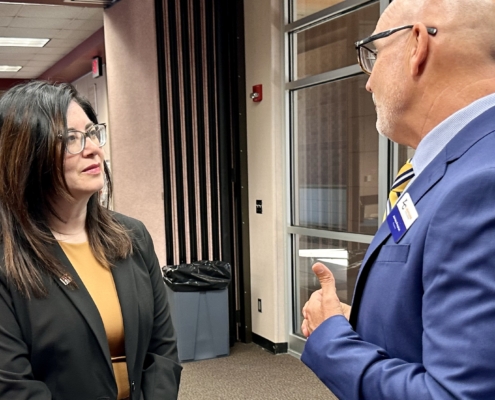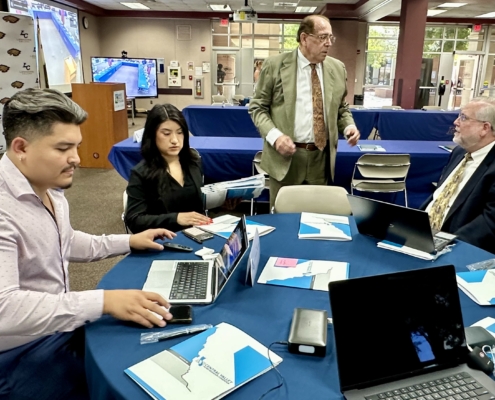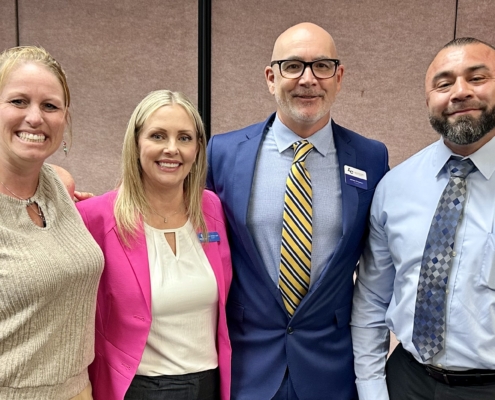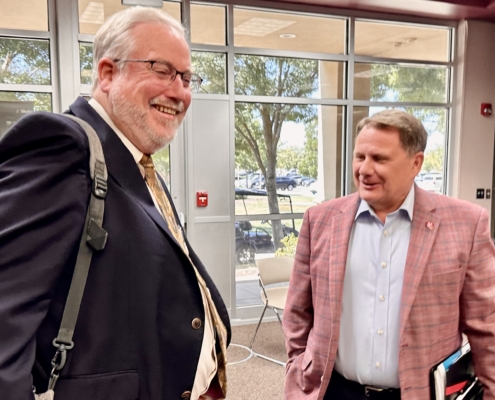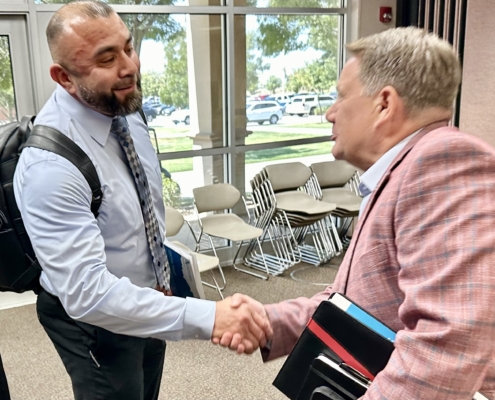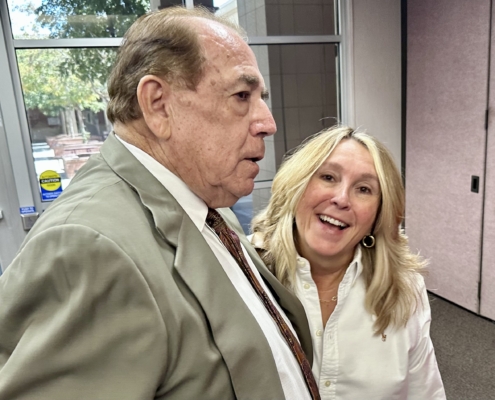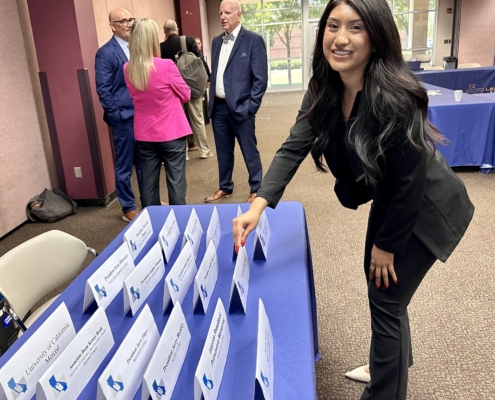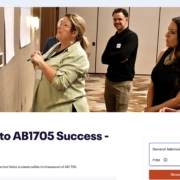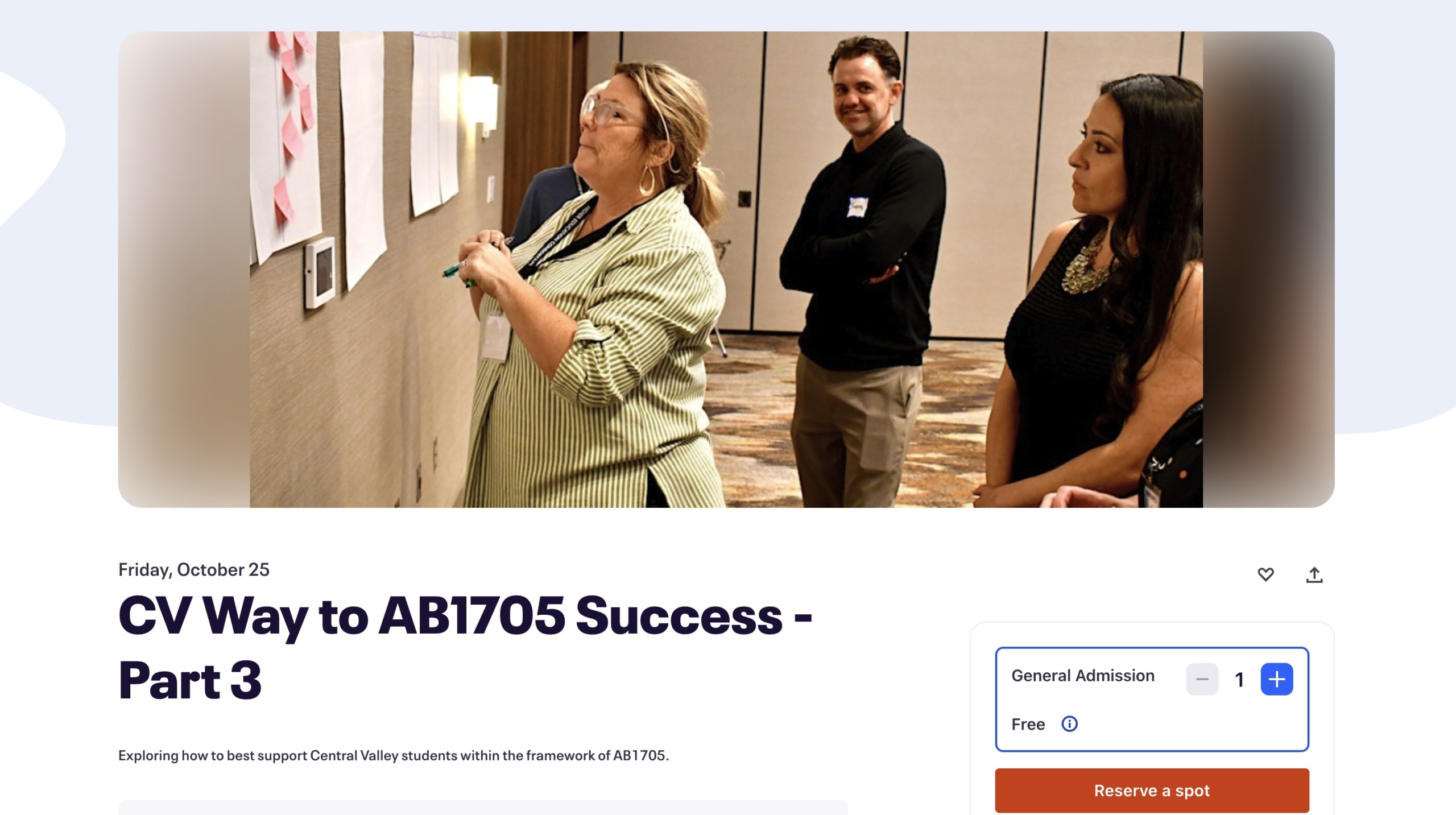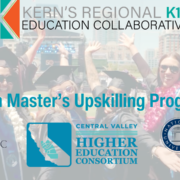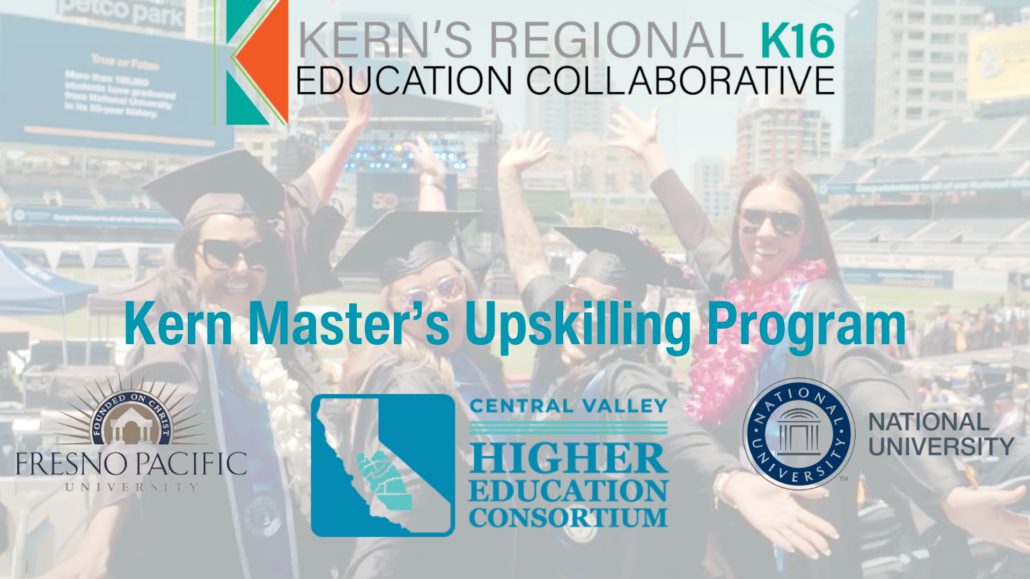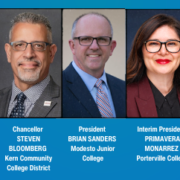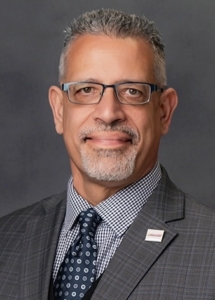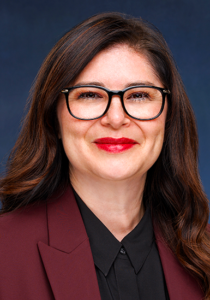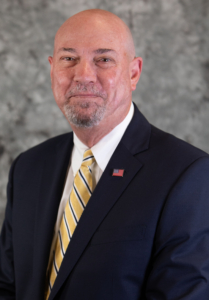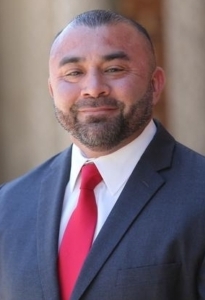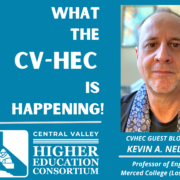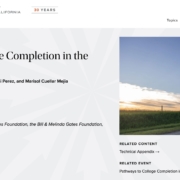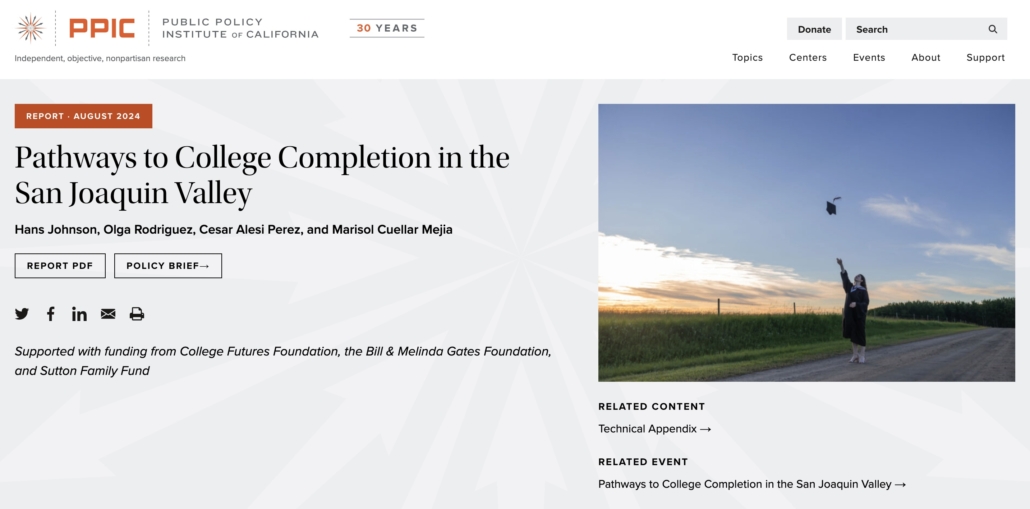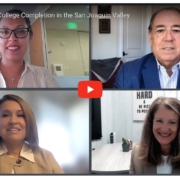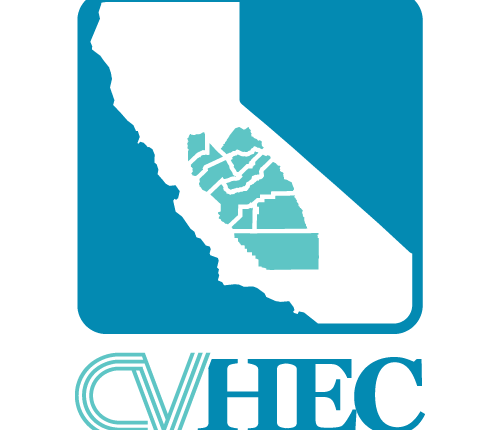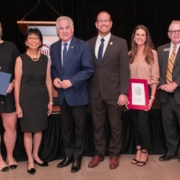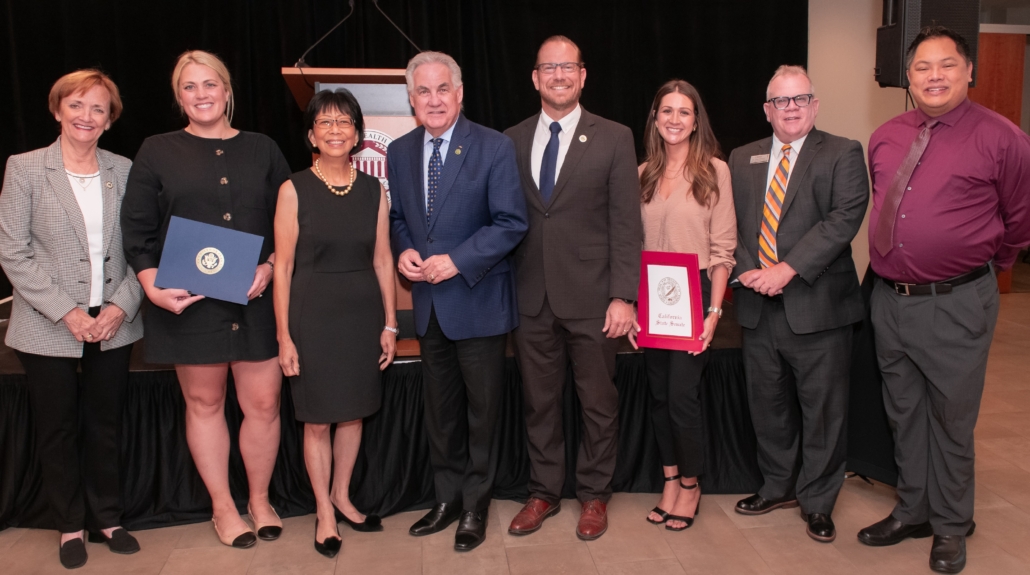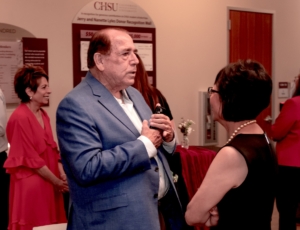WE Will! K-16: CVHEC dual enrollment projects in North Valley
Math Bridge and Master’s Upskilling
heading north via WE Will! K-16 funding
‘Together, we are creating pathways for success
that will benefit our communities for generations to come.’
BY TOM URIBES
CVHEC Communications/Media Coordinator
[NOTE: see updates below]
Two $400,000 state grants in partnership with the WE Will! K-16 Workforce and Education Collaborative will expand Central Valley Higher Education Consortium initiatives into the North Valley: the Master’s Upskilling Project and the Central Valley Math Bridge program.
Funding for both consortium projects, which involve improving access to dual enrollment college courses for high school students, is from a $18 million grant the WE Will! Collaborative received from the Regional K-16 Education Collaboratives Grant Programs last fall as part of the statewide drive to strengthen the K-16 education-to-career pipeline.
The North Valley Tri-County Workforce and Education (WE Will!) K-16 Collaborative is a multi-sector and intersegmental collaboration uniting Merced, San Joaquin and Stanislaus Counties with CVHEC-member University of California, Merced as the lead agency and includes four other fellow CVHEC members: Merced College, Modesto Junior College, San Joaquin Delta College and California State University, Stanislaus. The collaborative also includes K-12 school districts, county offices of education, economic development agencies and local and regional employers.
“CVHEC is excited to join the WE Will! K-16 Collaborative as an initiative partner,” said Dr. Benjamín Durán, consortium executive director, when he learned of the CVHEC funding decision in April that will extend its programs already underway in other parts of the valley into the northern region.
CVHEC’s two programs already in place are through the Fresno-Madera K-16 Collaborative in the mid-valley region and the Kern K-16 Collaborative in the south valley area.
“Our south and mid-valley efforts have laid a solid foundation for the programs to succeed when scaled and replicated throughout our region to better serve all Central Valley students,” added the president-emeritus of Merced College who after his retirement in 2012 joined CVHEC in 2016.
The dual enrollment aspect supports CVHEC’s mission to increase college degree and certificate attainment rates for valley students throughout the nine-county Central Valley region as well as helps fulfill the collaborative’s education-to-career pipeline goal.
McKenna Salazar, executive director of the Office of K-20 Regional Alliances and WE Will! K-16 Educational Collaborative, said the North Valley Collaborative sought partners whose initiatives would equitably enhance K-16 career pathways in healthcare and education.
“We are thrilled to partner on these initiatives, which represent a critical step toward ensuring that students experience seamless transitions across the educational spectrum,” Salazar said.
“Our partnership with CVHEC is an exciting endeavor that will empower students to thrive in both their academic and professional pursuits. Together, we are creating pathways for success that will benefit our communities for generations to come.”
Upskilling high school teachers to teach dual enrollment
The first $400,000 grant that CVHEC was awarded will support the extension of the consortium’s Master’s Upskilling Project into the northern CVHEC member counties over the next three years, said Elaine Cash, CVHEC’s grants and programs coordinator who secured the consortium funding.
The program — a collaboration of two CVHEC-members: Fresno Pacific University and National University with CVHEC member community colleges and the service-area high schools — recruits and helps fund tuition for existing high school math and English teachers to earn a master’s so they can teach dual enrollment courses in those subjects on their high school campuses.
The innovative program that has already produced over 160 master’s graduates qualified to teach dual enrollment college courses was the result of CVHEC’s dual enrollment task force, Central Valley Dual Enrollment for Equity and Prosperity (CVDEEP), established in 2019 to identify and establish the best elements of an intentional and sustainable strategy for dual enrollment. CVDEEP is made up of more than 150 Central Valley secondary and postsecondary education leaders who gather annually for CVHEC dual enrollment convenings.
“An urgent need identified by CVDEEP is that many high schools, especially our rural schools, are unable to offer dual enrollment courses on their campuses because they lack teachers who meet the community college minimum qualifications – a master’s degree,” Cash said.
As in the other valley locations, FPU plans to offer the WE Will! regional high school teachers holding a bachelor’s degree in mathematics an online MA degree program in Mathematics Education. National will offer the WE Will! regional high school English teachers an online Master of Arts degree program in English.
“Over the coming three years, the funding will support 12 high school English and 12 high school math teachers to offset much of the cost of this upskilling coursework and provide them with community college mentors to support them in their role as college instructors,” Cash said.
CVHEC will work with Merced, San Joaquin and Stanislaus Counties Superintendent of Schools offices to recruit teachers seeking this opportunity as well as with regional community colleges to identify mentors.
(UPDATE Sept. 18, 2024) — Master’s Upskilling Project: recruitment campaign for 24 slots (12 English/12 Math) is now underway with MA classes to begin in January. CVHEC is working with WE Will! and county superintendent of schools officials to promote the program to county high school teachers.
Math Bridge — closing the equity achievement gap
For the second $400,000 grant funding the Central Valley Math Bridge Project, WE Will! joins efforts by CVHEC with project-founding partner College Bridge to close the equity achievement gap of underrepresented students entering college.
“In the junior and senior years of high school, underrepresented students have the opportunity and support to successfully complete the critical gateway requirements in transfer-level college math while mapping their chosen pathways to and through the CV colleges and universities of their choice,” Cash explained.
The high school students are enrolled in dual enrollment college Math Bridge courses, she said. These transfer-level math courses include a College Transition Bridge (CT Bridge) curriculum that offers students a comprehensive college-readiness experience, including an introduction to Pathway Program Mapper in coordination with the CVHEC Transfer Project.
PPM is a public internet-based software application that presents students with pre-approved course sequences aligning the community college Associate Degree for Transfer (ADT) agreement with the upper division requirements by major for successful degree completion.
Several high schools in the WE Will! region have already added the CV Math Bridge course, Cash said, adding that CVHEC and College Bridge will focus the WE Will! Collaborative funding to:
1) expand the Pathway Program Mapper to include pathways for seamless ADT transfers from San Joaquin Delta, Modesto and Merced community colleges to UC Merced and CSU Stanislaus, and
2) expand the CV Math Bridge project, adding additional high schools in the Modesto Community College region.
“CVHEC is delighted to receive funding to support the expansion of the Central Valley Math Bridge program into the WE Will! collaborative region,” Cash said. “We look forward to working with the North Valley collaborative to achieve regional goals that support our students’ college and career successes.”
The first phases for the two programs once the funding is in place is to begin collaborating with high schools for the Math Bridge program and working with county superintendent of schools offices to begin recruiting master’s candidates.
(UPDATE Sept. 18, 2024): Math Bridge officials are presently meeting with county school officials to plan implementation. Recruitment of students is tentatively set for next spring with the first cohort to begin instruction in the fall 2025. Additional updates to come.
See:
UC Merced-led Collaborative Awards $10.6 Million to Community (May 9, 2024)
UC Merced-led Regional Education Collaborative Awarded $18.1 Million in State Funds (Nov. 22, 2023)
MEMBER NEWS: North Valley, East Sierra CVHEC members partner for K-16 Collaboratives (Nov. 16, 2022)


